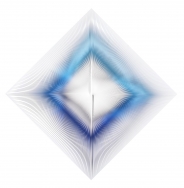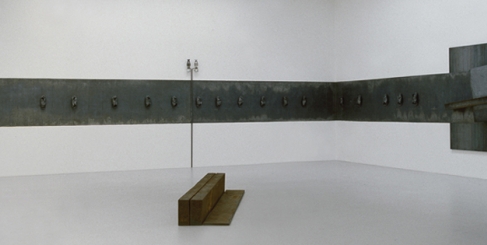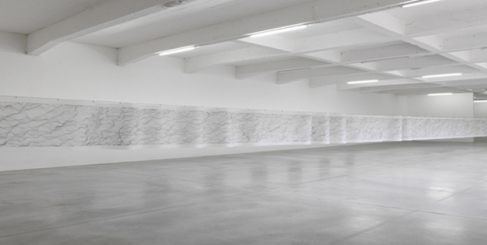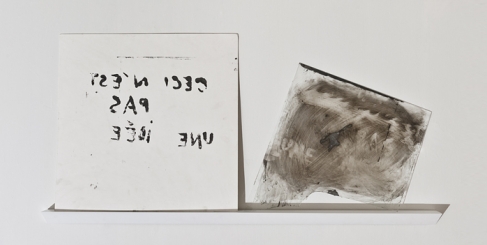News
Tornabuoni Art Paris will be presenting Alberto Biasi, iconic artist of the kinetic art
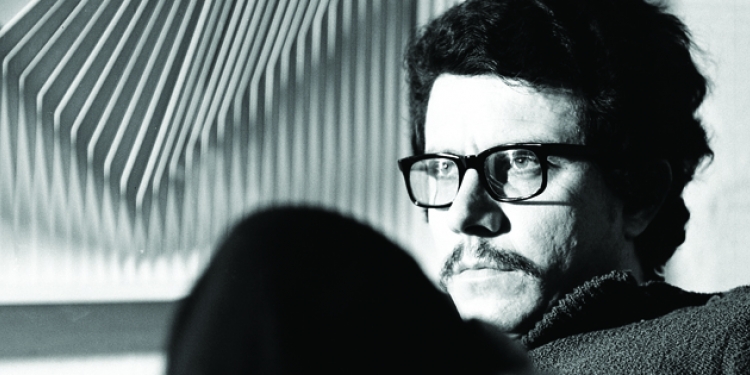
The exhibition brings together emblematic artworks of Alberto Biasi’s lifelong commitment to the study of movement started in 1959 when he founded Gruppo N. This selection of works shows the artist’s will to question the traditional conception of painting by challenging the “classic” perspective and focusing his attention on retinal expriments and visual effects of his works.
Born in 1937 in Padua, Alberto Biasi was among the top-level class of Industrial Design at the Institute of Architecture in Venice and cofounded Gruppo N in 1959 with Ennio Chiggio, Toni Costa, Edoardo Landi and Alfredo Massironi. With them he conducted his first “opticodynamic” experiments that brought him to participate in 1960 in exhibitions dedicated to lumino-kinetic art alongside Enrico Castellani, Piero Manzoni.
In the beginning of the 1960s, he began his study of the Trame (Trame), superimpositions of cotton gauzes, metallic wiring or perforated postcards, gradually twisted to form variable and progressive constellations. He continued his work through the 2000s with his Rilievi otticodinamici (Optico-dynamic Reliefs).
He paid tribute to Lucio Fontana in his 1960 Torsioni (Twists) where the canvases were entirely cut into strips, then recomposed to form different shapes and torsions. The torsions seem to change according to the viewer’s position in front of the canvas, creating moving geometrical configurations. Later came the Ambienti (Spaces), seen as experimental spaces where the image of a drawing coexists with reality, offering the viewer the feeling of visual, spatial and temporal instability.
Following the dissolution of the Gruppo N in 1967, Alberto Biasi started a more personal research on forms and movement with his Politipi (Polyptychs), a complex cycle he continued to work on through the 1990s in which he gradually adds color and more figurative shapes. Since the early 2000s, Biasi has been synthesizing his multiple experiments that have contributed to the international recognition of Kinetic Art, creating in particular the Assemblaggi (Assemblages), primarily diptychs and triptychs made of plastic and impressive colours.

